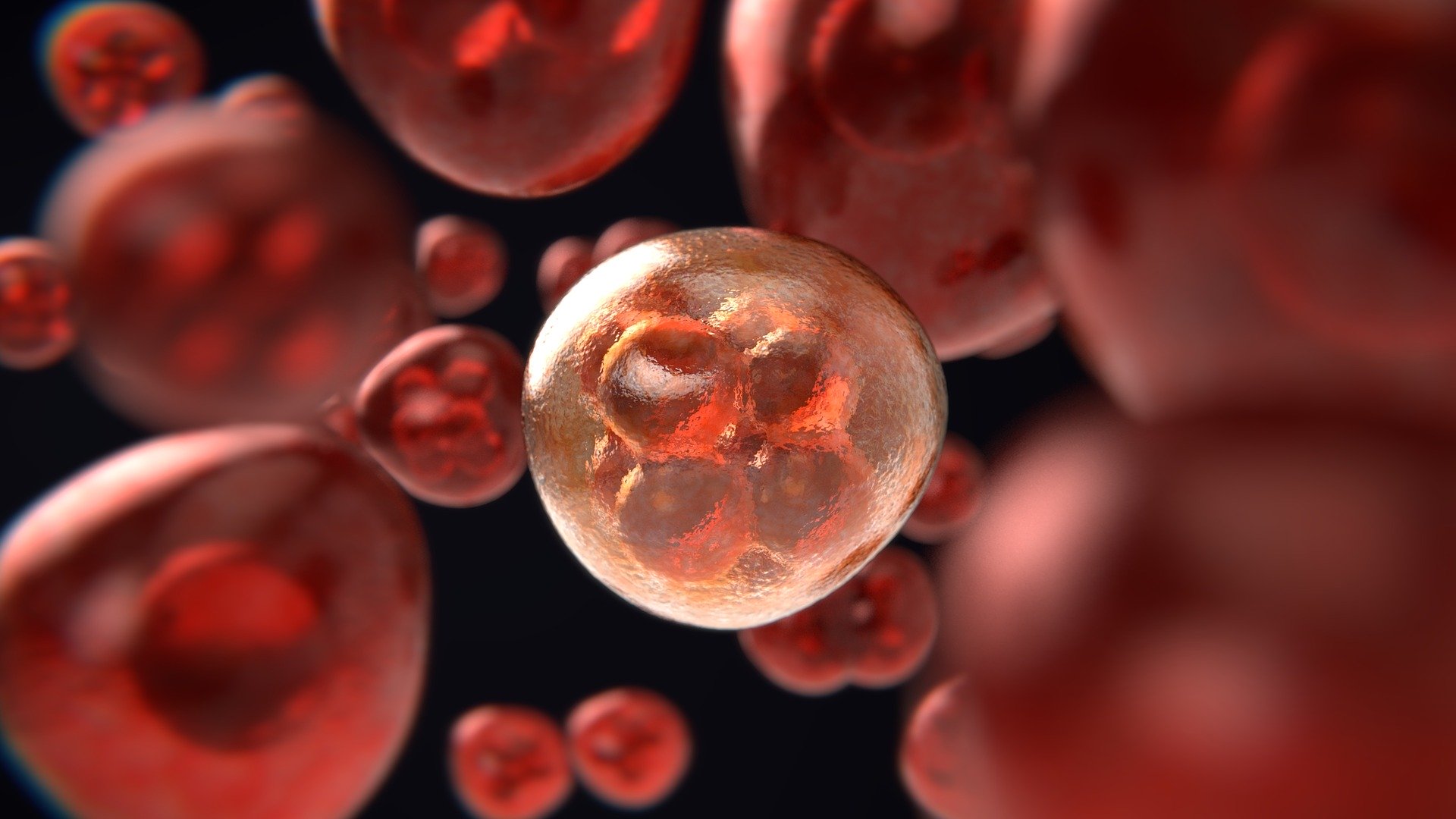
Instead of having to wait for days, colon cancer patients could receive targeted advice for further treatment within half an hour after a biopsy. Scientists from the Prodi Centre for Protein Diagnostics at the Ruhr University Bochum (RUB) have found a method that makes that acceleration feasible.
The scientists used infrared microscopes based on quantum cascade lasers to classify colon cancer samples marker-free and automated. Using artificial intelligence, the researchers were able to distinguish between different tumor types with great accuracy within 30 minutes and determine which type of tumor it is. According to these scientists, this enables them to make decisions about the choice of therapy with greater certainty.
Microsatellites
In cancer, a distinction is made between microsatellite stable (MSS) and microsatellite instable (MSI) tumors. Microsatellites are usually functionless, short DNA sequences that are often repeated. Patients with MSI tumors have a significantly higher survival rate, as the mutation rate of cancer cells is about 1000 times higher and thus the cells grow less. In addition, innovative immunotherapy is more successful in patients with MSI tumors. “It is therefore important for the prognosis and the decision for therapy to know what kind of tumor it is,” says Prof. Dr. Anke Reinacher-Schick, head of the Hematology and Oncology Department of the RUB. The common diagnosis is normally performed by immunohistochemical staining of tissue samples and subsequent complex genetic analysis.
Prof. Dr. Klaus Gerwert who heads the Biophysics department of the RUB and his colleagues had already shown in previous studies that infrared imaging works as a diagnostic tool for the classification of tissue. This method does not require prior staining or other marking as it also automatically recognizes cancer tissue using artificial intelligence. And it is significantly faster than the conventional differential diagnosis of microsatellite status. This takes about a day, while the new method makes it possible to make a diagnosis after just half an hour.
The decisive improvement of the method lies in the fact that it has been extended to detecting molecular changes in the tissue, the researchers say. Previously, only morphological visualizations of the tissue were possible. “This is a big step that shows that infrared imaging can become a promising method in future diagnostics and therapy prediction,” says Klaus Gerwert.
Feasibility study
In a feasibility study of the new procedure with 100 patients, all MSI tumors were correctly detected and classified. However, some non-MSI tumors were also incorrectly identified as such. An extensive clinical study is currently being conducted. “The methodology is also interesting because very little sample material is used, which, with increasingly applicable techniques, can be a decisive advantage in today’s diagnostics,” says Prof. Dr. Andrea Tannapfel of the Institute of Pathology of the RUB.
In the future, the method will be introduced into the clinical workflow to find out how great the advantage is for precision oncology. “Rapid and accurate diagnosis is of great importance due to the increasingly targeted therapy of oncological diseases,” explains Anke Reinacher-Schick, who initiated the registry study together with Tannapfel.
The scientists have published the results of their research in the journal Scientific Reports. The work was sponsored by the Ministry of Culture and Science of the State of North Rhine-Westphalia.








